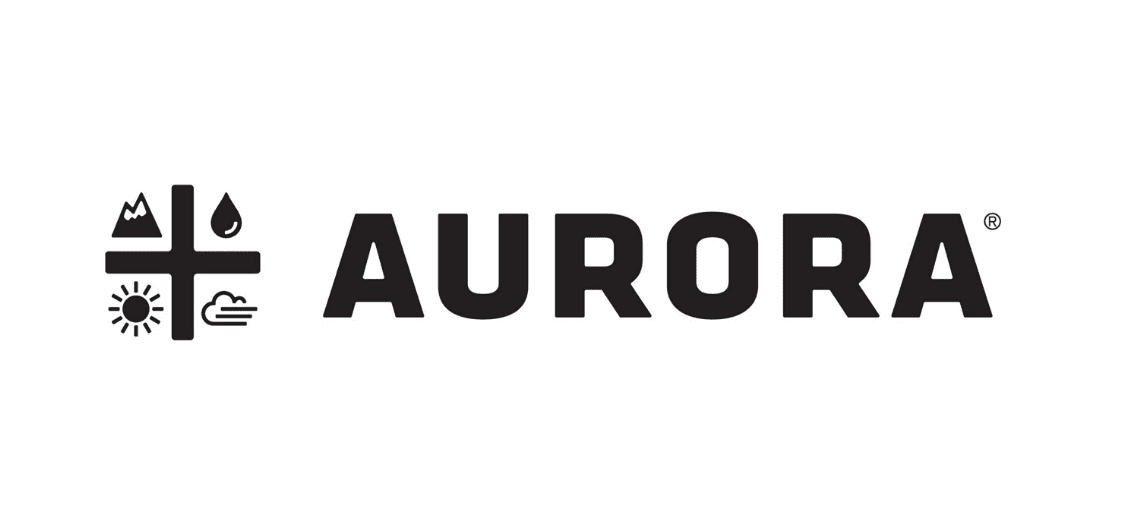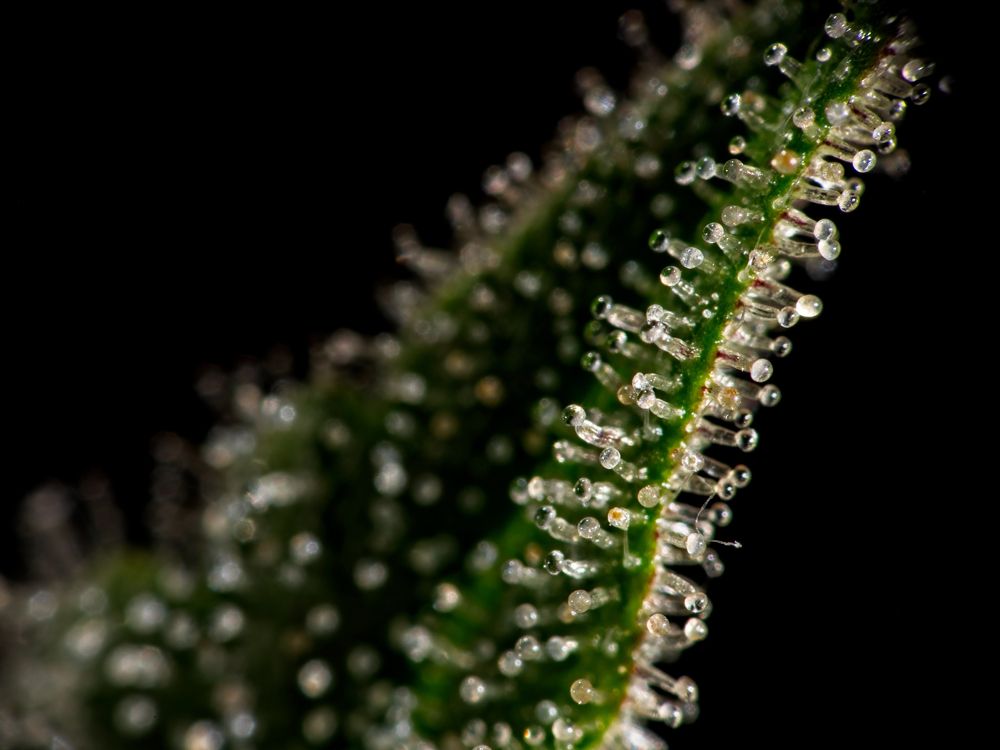Hamilton's cannabis gamble proves hazy at best as many promises are still unfulfilled
In 2018, Hamilton police officers were playing a game of whack-a-mole as they attempted to shut down an estimated 85 illegal pot dispensaries.
After councillors agreed in a
far-from unanimous 10-6 vote in January 2019 to allow legal private cannabis stores to operate within its boundaries, there were only a handful of illegal pot stores in the city with most of them closed up, including a persistently troublesome one in Stoney Creek on King Street.
It was one of the few benefits Hamilton has seen after it made the momentous decision to essentially legalize cannabis retail operations within its borders.
To entice municipalities to accept legal pot dispensaries, the provincial government made it easier for local officials to crack down on illegal outlets. The maximum fine for operating one has been increased to $250,000, plus up to two years in prison for a first conviction; there is a maximum fine of $1 million for corporations that sell or distribute illegal cannabis.
Yet councillors can still find themselves stymied by the cannabis industry. Case in point is the proposal by Cannabis Roll Inc. to create a
cannabis retail outlet at 11 Hatton Dr. near Fiddler’s Green Road and Highway 403 that had previously housed a Your Choice Variety store almost in the middle of a quiet, suburban residential area.
The problem, as area neighbours and Ancaster Coun. Lloyd Ferguson discovered, is the cannabis outlet has met all the criteria to locate in the small plaza since the property is zoned commercial. The application is now before the Alcohol and Gaming Commission of Ontario, which makes the final decision, but is on hold because of the coronavirus pandemic.
Yet councillors can still find themselves stymied by the cannabis industry. Case in point is the proposal by Cannabis Roll Inc. to create a
cannabis retail outlet at 11 Hatton Dr. near Fiddler’s Green Road and Highway 403 that had previously housed a Your Choice Variety store almost in the middle of a quiet, suburban residential area.
The problem, as area neighbours and Ancaster Coun. Lloyd Ferguson discovered, is the cannabis outlet has met all the criteria to locate in the small plaza since the property is zoned commercial. The application is now before the Alcohol and Gaming Commission of Ontario, which makes the final decision, but is on hold because of the coronavirus pandemic.
When Hamilton agreed to allow legal, private pot shops within its boundaries, councillors may not have examined the fine print. Municipalities have limited authority to prevent or discourage pot shops from opening within the city’s zoning laws.
Proposed store complies with zoning rules
For instance, Hamilton can’t prevent the proposed new Ancaster shop from opening, since it has met all the planning regulations as established by the province. The Alcohol and Gaming Commission states that it will only consider issues involving protecting public health and safety, protecting youth and preventing illicit activities in relation to cannabis when considering an application.
The province’s only planning criteria for cannabis stores is they have to be 150 metres away from schools and daycare centres. Yet the proposed Ancaster location has three schools within walking distance.
The Hamilton-Wentworth District School Board stated in a letter sent to council in January 2019 that the province’s 150-metre limit between retail sites and schools could “negatively impact” them.
During a May 2020 council meeting Mountain Coun. Tom Jackson, who opposed allowing pot shops in the city, couldn’t help but provide an “I told you so” moment to his colleagues. He said at the time that the city would have an uphill battle stopping cannabis outlets from locating into identified locations.
“This is one I could almost predict down the road,” said Jackson. “This is the price we are paying.”
Hamilton tried to take back some control over citizen complaints about cannabis grow operations. It approved a revised bylaw to enforce odour and lighting complaints against non-licensed grow operations. (Since 2001 Health Canada has recognized a person’s right to grow cannabis for personal medical use.)
A loophole in federal legislation meant that Health Canada wouldn’t enforce odour, dust and other local complaints. However, it stated that the municipal government “could fill the void if a senior level of government wasn’t regulating an area.” Under the Municipal Act, cities and towns can regulate noise, dust and odour.
Bylaw only applies to unlicensed grow ops
But the city’s bylaw is only limited in its use. It can only be enforced against unlicensed grow operations. Because provincial legislation designated licensed cannabis grow operations as food crops, the municipality can’t enforce any odour, lighting or other complaints.
It’s another example of jurisdictional confusion and overlap that has left municipalities feeling helpless in the wake of the cannabis legalization free-for-all. And the conflict between municipalities and the province could increase once the province moves forward by allow additional private retail stores.
Many stores planned, few have opened
Prior to the coronavirus pandemic in March, Ontario was expected to start issuing store licenses at the rate of about 20 a month starting in April 2020. The goal, said the province, was 1,000 stores. There are still fewer than 30 stores actually open.
There are over 30 cannabis applications across Hamilton, from private retailers waiting to be approved by the Alcohol and Gaming Commission.
Financial benefits
For allowing pot shops within its midst, Hamilton received $574,000 from the province to cover policing costs. The city is expected to receive nearly $600,000 in 2020, part of a $40-million Cannabis Legalization Implementation Fund that was spread out over two years. Municipalities that prevent legal pot shops from operating in their communities receive about $5,000 from the fund.
In the years to come Hamilton is projected to receive a portion of the federal government’s excise tax on cannabis products. The federal government, under an agreement, will share half of any federal excise tax collected from the product over $120 million with provincial governments. Ontario is expected to give a portion of that money to host cities.
Where's the money?
Despite the potential for a revenue windfall that advocates have been trumpeting about by legalizing marijuana, there's limited evidence that municipalities are seeing that pot of money. Granted, it has only been 18 months since Hamilton allowed legal pot shops and the coronavirus pandemic has hindered the expansion of cannabis retailers.
In 2014, Colorado launched what was then considered a controversial experience, becoming the first U.S. state to legalize recreational cannabis. Five years later, the state surpassed $1 billion in total cannabis-related revenue, with people buying on average about $280 worth of cannabis per year. Much of the legal marijuana market revenue, accounting about 3 per cent of its $30 billion budget, goes towards health care, education, literacy services and drug prevention programs.
But in California, cannabis legalization has been a burnout. Cannabis consumers can’t buy pot in 75 per cent of the state’s city and counties, while high taxes are impeding legal growth and allowing the black market to expand.
British Columbia has seen record tax revenue from cannabis products, soaring to $2.5 million in December 2019, but it is still far below the estimated total revenue the province had been expecting. Over the next three years the province is expected to collect $68 million, rather than the $200 million officials projected.
Projected industry growth
A 2019 report Cannabis in the U.S. Economy, by New Frontier, states that full federal legalization has the potential to create $130 billion in federal tax revenue and 1 million new jobs by 2025.
Mayor Fred Eisenberger, who campaigned in 2018 to allow legal pot shops in the city, argued cannabis is a popular product that Hamiltonians are already consuming. By allowing legal dispensaries the public will now know cannabis and other marijuana-related products are safe, said Eisenberger, who sold off shares he owned in a marijuana grow company.
His argument received a boost after Mississauga Mayor Bonnie Crombie decided to
reconsider the city’s decision to oppose legal pot shops within its borders. She was startled by the high number of unauthorized cannabis businesses in the city. Mississauga was one of 76 municipalities in Ontario that opted out of retail cannabis.
Yet, Oakville decided in March that it will continue to opt out of the opportunity to allow privately operated cannabis stores. It will review the decision in 2021.
Expectations fall short
Since legalization, government officials are learning marijuana isn’t the cash crop that had been expected, with cannabis excise tax revenues arriving at about half what was expected.
The first year cannabis was legalized — 2018-2019 — the federal government took in $18 million, but had expected $35 million. In 2020, the government expected it would bring in $100 million, but it is projecting about $66 million. So far up to March 2020, Canada has received $32 million from the excise duty, which still shows a steady growth in cannabis sales even during the pandemic.
Expectations are the tax will rise to $135 million in 2021 and by 2023 it will hit $220 million.
Impact of illegal weed
Statistics Canada has been tracking cannabis prices since before legalization and has found that so far illegal weed is falling in price to compete with legal shops. There is a $4 per gram gap in prices with legal cannabis selling for about $10 per gram and illegal products selling closer to $6.
As previously reported by Hamilton Community News, the
introduction of legal cannabis has yet to wipe out the illegal cannabis market. In 2019, Statistics Canada found that 42 per cent of cannabis consumers purchased at least some of their product from illegal sources.
Reason for optimism
There is still reason for optimism that after the pandemic has subsided that cannabis will continue to grow in popularity. Statistics Canada has already revealed that legal sales of dry cannabis was over five times higher in July 2019 than July 2018, while sales of cannabis oil doubled over the same period.
The cannabis market in Hamilton and for the rest of Canada is still up in the air even after the introduction of legal cannabis. Critics have charged that it was a conflict to have Health Canada oversee the roll out of cannabis while adhering to its guiding principles to health and safety at the same time focusing on eliminating the cannabis black market.
As soon as Canada legalized cannabis, there was an almost immediate cannabis shortage in the legal shops, and the quality of the cannabis and high prices forced potential users to continue using the black market.
In Ontario, there were accusations of unfairness on how the lottery system was used to grant licenses to operators.
There also continues to be griping from municipal councillors about the overlapping and confusing regulations of cannabis enforcement that prevents municipalities from being able to properly locate cannabis stores or deal with complaints against licensed commercial cannabis grow operations, leaving the duties to provincial regulators which are haphazard at best. The federal government has essentially washed its hands of any type of enforcement — except at the border — leaving the details to municipalities.
And how those expected additional tax revenues from cannabis will be spent still remains unanswered. One of the priorities to legalize cannabis was to wipe out the black market, with a secondary purpose of raising needed revenue.
In Ontario the black market continues to thrive, while at the same time despite rising sales the Ontario Cannabis Retail Corporation lost $42 million in 2018-2019. The provincial government blamed high start-up costs for the financial loss.

 www.canncentral.com
www.canncentral.com


